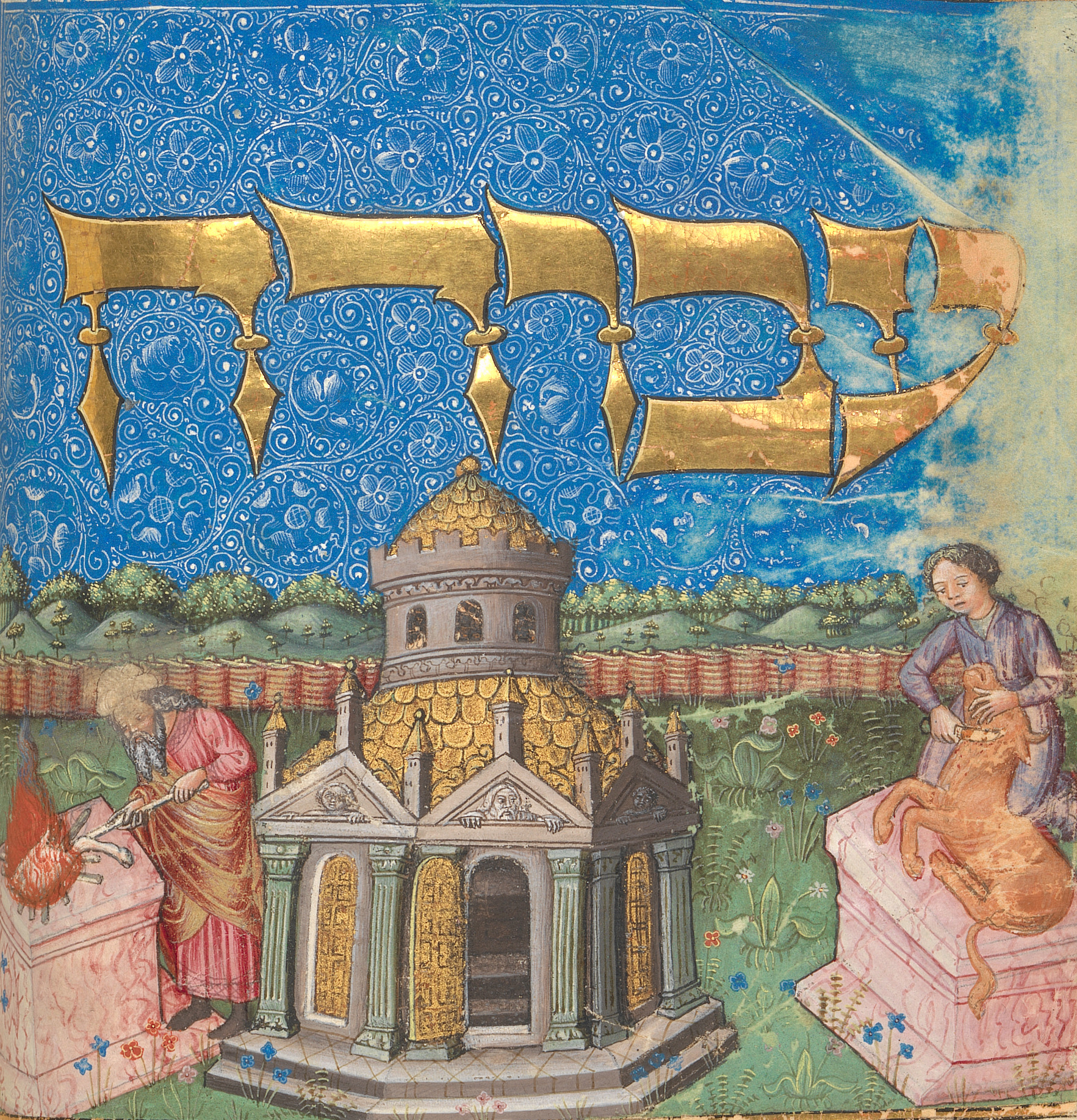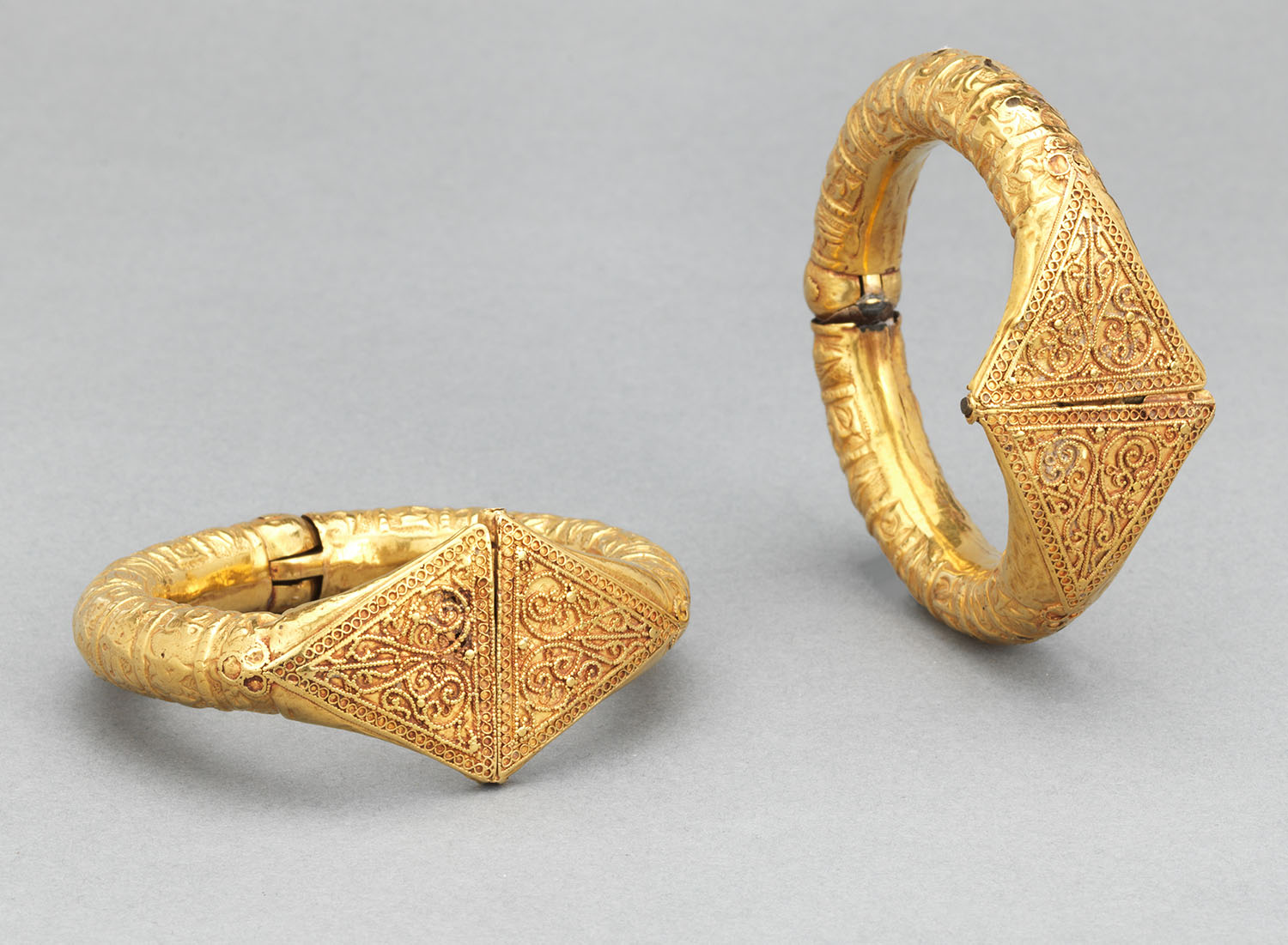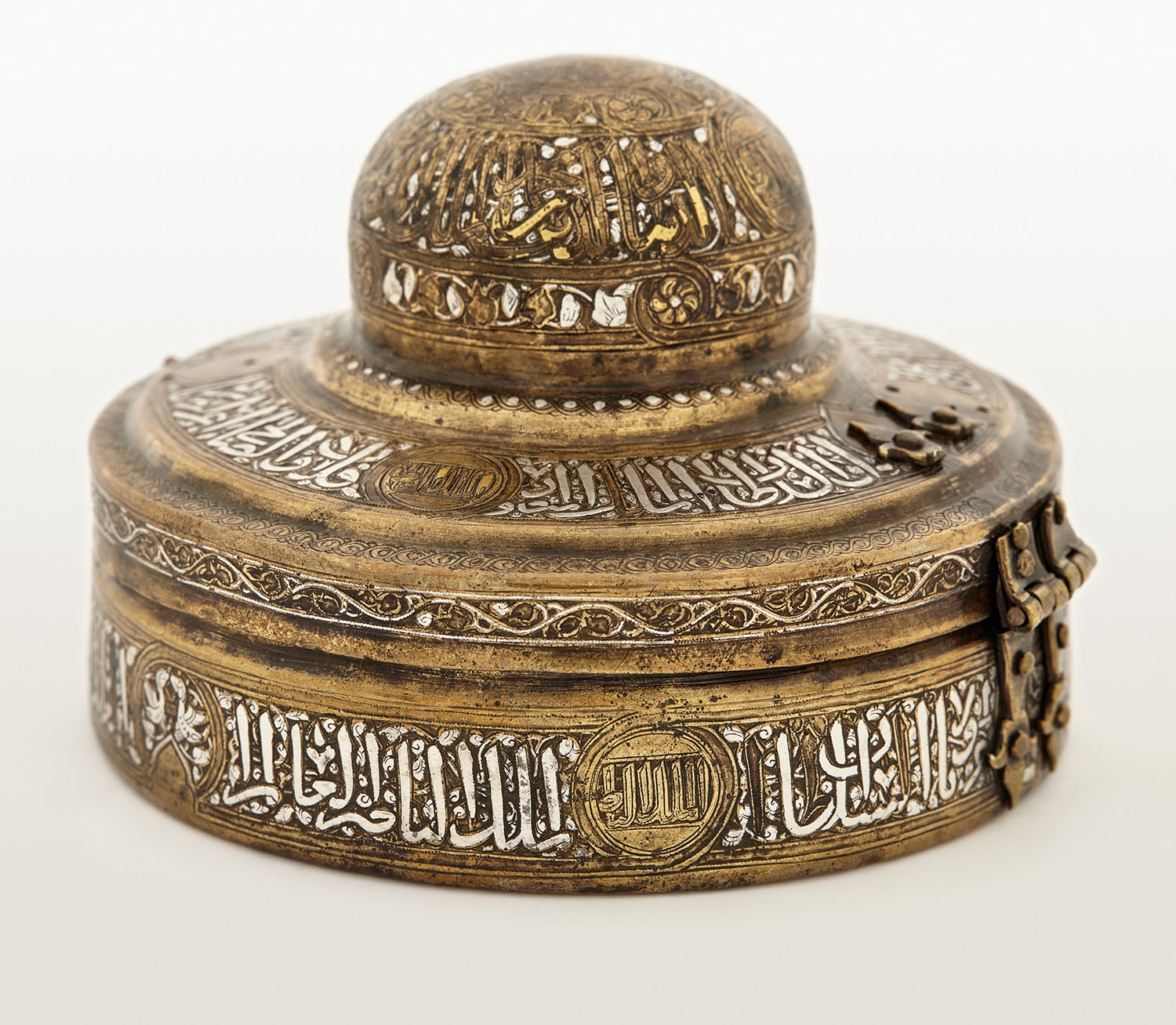BY IWAMAG
NEW YORK, Sep 26th 2016 – Today at The Metropolitan Museum opens the new exhibition Jerusalem 1000-1400: Every People Under Heaven, that will run until next January 8th, 2017.
The exhibition wants to underline the key role that Jerusalem, the Holy City, played during the Middle Ages. As Melanie Holcomb, curator of Medieval Art, explains ‘In this period, between 1000 and 1400, the whole world is looking at Jerusalem’. When thinking about the Medieval Holy City, one tends to think about only Jews, Muslims, and Christians, but in fact, ‘every people under heaven’ is just every people you can imagine from Scandinavia to Ethiopia.

Illustration (detail) from The Book of Divine Service From the Mishneh Torah of Maimonides Illumination attributed to the Master of the Barbo Missal Scribe: Nehemiah for Moshe Anau be Yitzchak Northern Italy, ca. 1457. Jointly owned by the Israel Museum, Jerusalem, and The Metropolitan Museum of Art, New York, 2013. Purchased for the Israel Museum through the generosity of an anonymous donor; René and Susanne Braginsky, Zurich; Renée and Lester Crown, Chicago; Schusterman Foundation, Israel; and Judy and Michael Steinhardt, New York. Purchased for The Metropolitan Museum of Art with Director’s Funds and Judy and Michael Steinhardt Gift (2013.495) Image: © The Metropolitan Museum of Art, New York
The over 200 works of art on display, nearly a quarter of which come from Jerusalem, have been gathered from some 60 lenders worldwide. The impressive variety of the objects and their disparate origins alone underline how the Holy City was a point of reference for a multiplicity of cultures, religions, and peoples and takes on different meanings for every and each of them.
Organized in 6 sections, the exhibition will provide an insightful analysis of the various aspects of the medieval Jerusalem through artworks.

Pair of Bracelets Egypt or Greater Syria, 11th century Repoussé gold sheet, wire, and granulation. The al-Sabah Collection, Dar al- Athar al-Islamiyyah, Kuwait (LNS 7 J ab) Image: © The al-Sabah Collection, Dar al-Athar al-Islamiyyah, Kuwait
The exhibition is conceived to unravel the various cultural traditions and aesthetic strands that enriched and enlivened the Medieval Jerusalem. Considered to be the crossroads of the known world, the Holy City, a ‘city of foreigners’, attracted tourists, merchants, scholars, and pilgrims. Such a vibrant society produced artworks and wares where the different cultures and traditions mixed: jewels that are recognizably Islamic in technique correspond to contemporary descriptions of the trousseaux of Jewish brides.
Jerusalem was and still is the city of religions. And this is represented by both the spiritual and terrestrial aspect of the faith.
On the one hand, the artistic patronage of the churches, temples, and mosques, on the other hand, the ideology of the Holy War, declined in both the Christian tradition with the crusades and in the Islamic one with the jihad. Art was recruited both to embellish places of worship and to justify war, presenting it as beautiful and divinely sanctioned.

Incense Box Egypt or Syria, 14th century Brass, gold, silver, and black compound. Museum of Islamic Art, Doha (MW.468.2007) Image: The Museum of Islamic Art, Doha
On a higher level, the Holy City transcends its terrestrial dimension: Jerusalem was in the Middle Age also a heavenly image for spiritual representation. The common idea in Jewish, Islamic and Christian traditions is that Jerusalem is the doorway to heaven, with all that this entails. Worldwide Jerusalem was looked at for its eschatological significance. As such, no wonder that some of the objects on display were produced by people that had never been there: people that used the city as a symbol, people that saw Jerusalem as the final destination of their inner journey.
The first exhibition featuring the city of Jerusalem in all its disparate cultural significances, Jerusalem 1000–1400: Every People Under Heaven bears witness to the crucial role that the city has played in shaping world culture, in both its tangible and intangible dimensions.
Jerusalem 1000-1400: Every People Under Heaven
September 26, 2016–January 8, 2017
The Metropolitan Museum, New York – The Tisch Galleries, Gallery 899
further info: metmuseum.org

